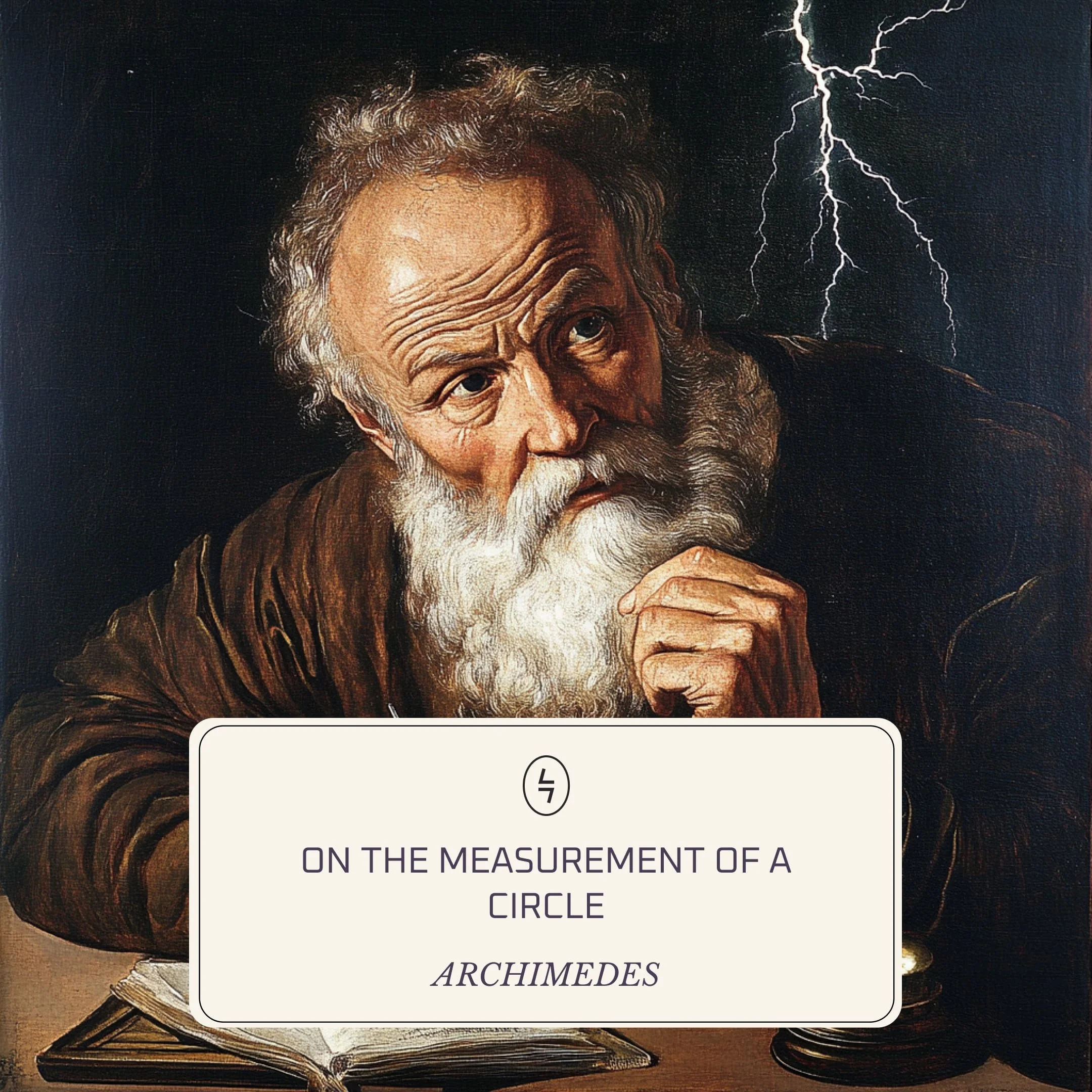An architect seeks to build a friend's house grounded in a rich historical tradition.
Personalized Recommendation:
-
— Vitruvius is where Western architectural theory begins. Every architect after him—including Le Corbusier—is responding to him. If you want to understand the deep structure of architectural thinking, this is where it starts.
-
— Vitruvius establishes the three principles every building must have: firmitas (strength), utilitas (utility), venustas (beauty). That triad is still how we think about architecture 2000 years later. It'll give you language and concepts to ground the choices you're making in your friend's house.
-
— Vitruvius isn't abstract philosophy—he's an architect writing for architects. He talks about proportion, materials, site, climate, the relationship between function and form. It's theory you can actually use while you're building.
-
— It's not overly long, it's clearly organized (ten books, each focused on specific aspects), and it's written for practitioners, not philosophers. You'll be able to read it alongside your actual building project.
-
— You mentioned the work of Le Corbusier He explicitly drew on Vitruvius (the idea of ideal proportions, the relationship between form and function). Reading Vitruvius will deepen your understanding of where Le Corbusier came from and give you older, richer soil to plant your own ideas in.
An architect seeks to build a friend's house grounded in a rich historical tradition.
Personalized Recommendation:
-
— Vitruvius is where Western architectural theory begins. Every architect after him—including Le Corbusier—is responding to him. If you want to understand the deep structure of architectural thinking, this is where it starts.
-
— Vitruvius establishes the three principles every building must have: firmitas (strength), utilitas (utility), venustas (beauty). That triad is still how we think about architecture 2000 years later. It'll give you language and concepts to ground the choices you're making in your friend's house.
-
— Vitruvius isn't abstract philosophy—he's an architect writing for architects. He talks about proportion, materials, site, climate, the relationship between function and form. It's theory you can actually use while you're building.
-
— It's not overly long, it's clearly organized (ten books, each focused on specific aspects), and it's written for practitioners, not philosophers. You'll be able to read it alongside your actual building project.
-
— You mentioned the work of Le Corbusier He explicitly drew on Vitruvius (the idea of ideal proportions, the relationship between form and function). Reading Vitruvius will deepen your understanding of where Le Corbusier came from and give you older, richer soil to plant your own ideas in.


